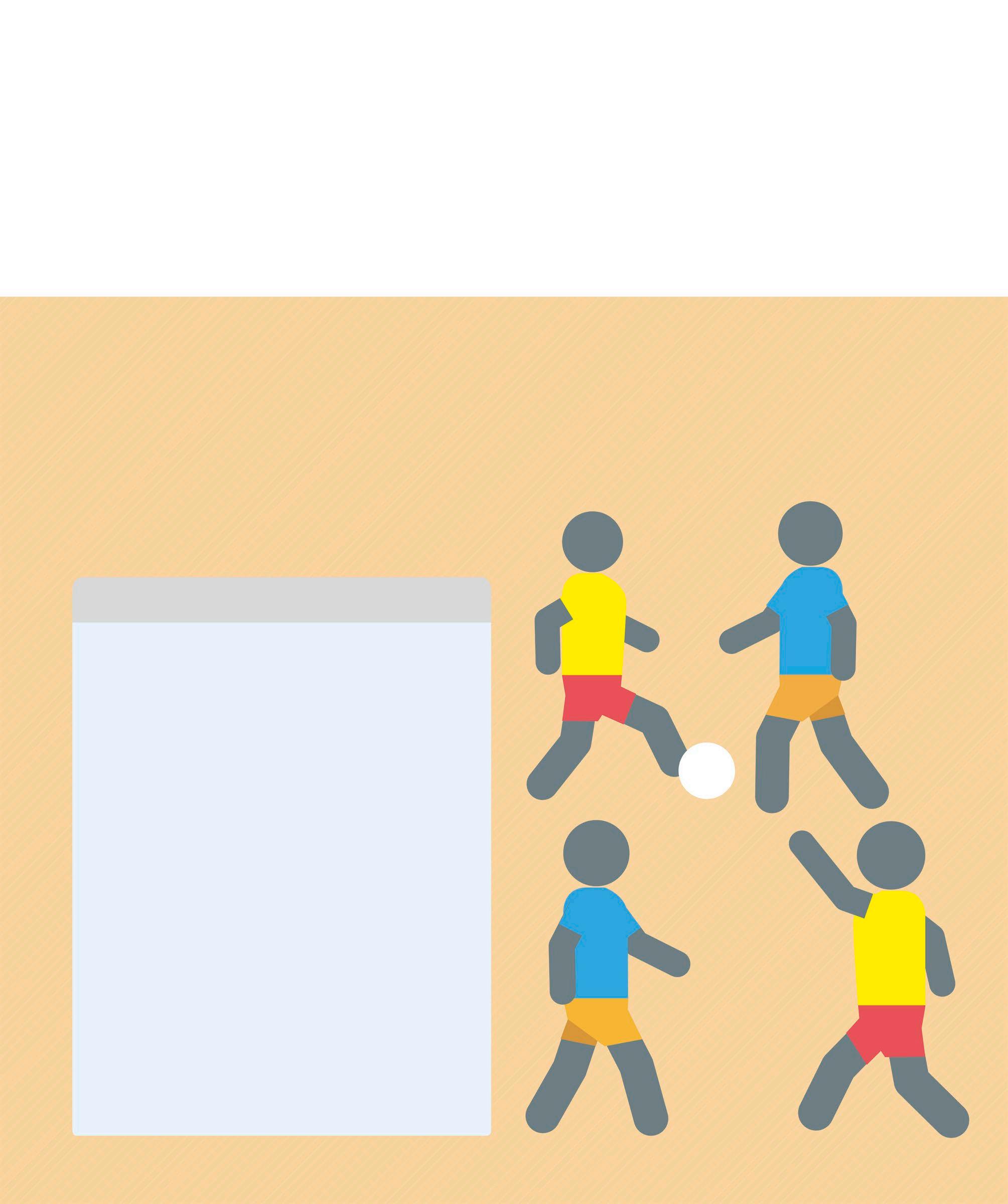Glossary algorithm A sequence of steps or instructions that complete a task or solve a problem. In programming, an algorithm often includes repeated steps, decisions between two or subsequences of steps, and steps that refer to other algorithms to do subtasks or solve subproblems.
branching statement A program statement that chooses one of several possible paths or sets of steps, usually based on the value of an expression. For example, an “if-then-else” statement takes the “then” path if an expression is true, and the “else” path if an expression is false. Also called a conditional statement.
API (Application Programming Interface) A set of definitions that programmers can use to access another system without having to understand all of its details. The definitions might include functions, classes, data structures, and data values. Originally named because it defines an interface for programmers to develop applications using an underlying system. See also library.
Boolean A value that can be either true or false. Named after George Boole, who defined a logic system based on such values.
array A collection of items stored in adjacent locations in the system’s memory, using a single name and a numeric index. The index usually starts at 0. Often, all elements in the array have the same type. For example, all integers, or all strings of characters. An array is one way to store a list. See also list. attribute A specific piece of information associated with a data object. For example, an image would have attributes for height and width, and a sound would have attributes for length and sampling rate. binary A numbering system, used by computers, that has only two digits (0 and 1), not the usual decimal system with ten digits (0 to 9). In binary, each position is two times the position to its right, rather than ten times in decimal. For example, 101101 = 1*32 + 0*16 + 1*8 + 1*4 + 0*2 + 1*1 = 45. bit Shortened from “binary digit”, it is the basic unit for information or communication. The value of a bit can be either 0 or 1. Thus, an eight bit device mostly uses storage elements with 8 bits, which can store 2⁸ = (256) different values. block element An HTML element that breaks the flow of text and changes the layout of the page. For example, paragraphs (<p>), lists (<ul>, <ul>, <li>), and tables are all block elements. See also inline element.
bug A defect, or an error, in a program or other system that prevents it from working correctly. The term was used in engineering long before computers, but is often associated with a story told by Grace Hopper about a moth stuck in an early computer, causing wrong results. call A program statement that causes the computer to run another function, and return to the original function when done. carousel A software component in Bootstrap that cycles through a set of elements, like a slideshow. CDN (Content Delivery Network) A network of servers spread across different places that can deliver the same content (data or services). For example, when a web browser loads content for a page, the CDN can deliver content from nearby servers, which reduces the wait time and the network traffic. child object An object created from a prototype in a parent object. The child shares (inherits) all functions and properties of the parent, but can override them. For example, the parent might define functions and properties for any book, and each child would define the author, title, publisher, and date for a specific book. class (1) A definition or description of a category, which usually includes data and functions, and is used to create (instantiate) objects in that category. For example, the class for employees might specify that every employee has a name,
phone, and email address, and provide functions to set or display them. (2) In CSS, a style definition that can be added to any number of elements. cloud A set of Internet servers that can be used instead of a local computer. Cloud storage stores files and other data, and cloud computing does computation. compiler A program that analyses a computer program and converts (compiles) it into machine code so it runs faster. See also interpreter. composite data Data that is created by combining other simpler data. For example, a string of characters, an array of numbers, or an object. See also primitive data. concatenate To combine items, usually character strings, one after another. For example, concatenate “snow” and “ball” to get “snowball”. conditional statement See branching statement constructor A special function used to create new objects of a class. Typically, the constructor allocates memory, initializes variables, and does other setup. data Any information stored in or used by a computer. data binding Connecting (binding) the data values in two or more objects or systems so that changing one also changes the others. For example, binding a GUI element to a data object ensures that changes to the object appear in the GUI, and GUI changes also change the object. debug To remove bugs in a program. This might involve running the program with different inputs, adding statements to print or store values














































